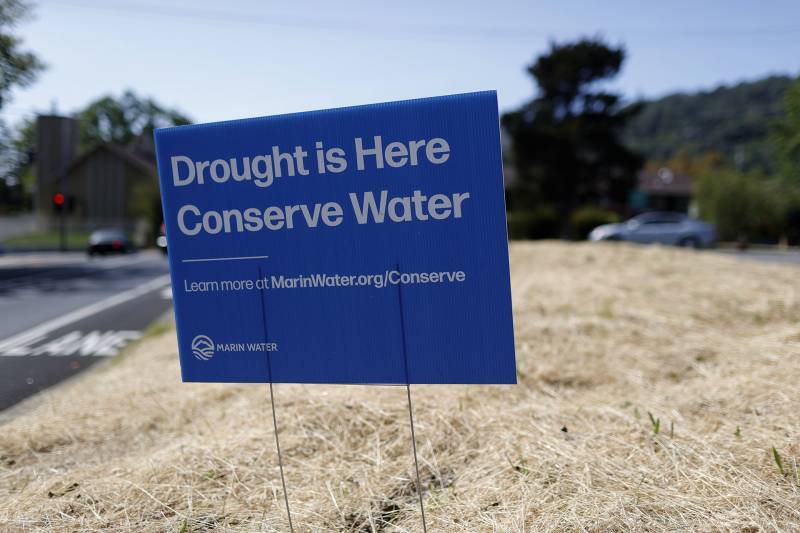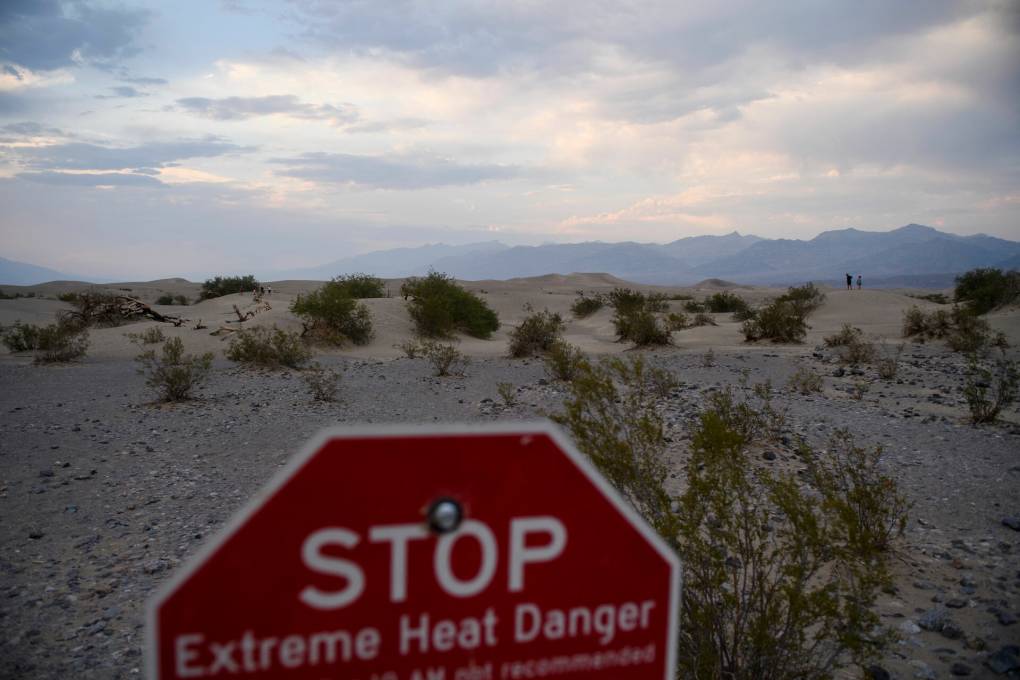Gov. Gavin Newsom on Thursday asked people and businesses in the state to voluntarily cut how much water they use by 15% as the Western United States weathers a drought that is rapidly emptying reservoirs relied on for agriculture, drinking water and fish habitat.
The governor’s office said if Californians reduce their water usage by 15%, it could save enough to supply 1.7 million households for a year.
Newsom, who is facing a recall election in September, has so far refrained from ordering any mandatory water restrictions.
The governor’s plea for voluntary reduction in water use demonstrates the growing challenges of a drought that will only worsen throughout the summer and fall and is tied to more intense wildfires and heat waves. Temperatures in parts of the region are spiking again this week as firefighters battle several wildfires in Northern California and other states but are less extreme than the record heat wave that may have caused hundreds of deaths in the Pacific Northwest and British Columbia in late June.


